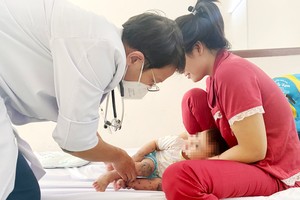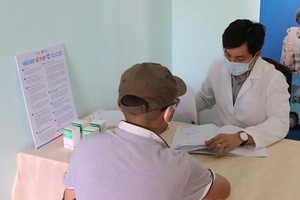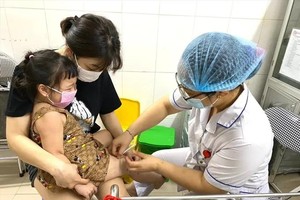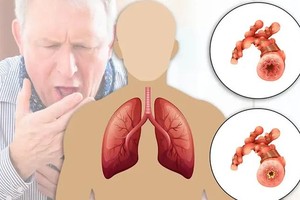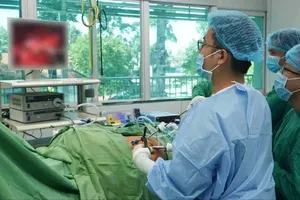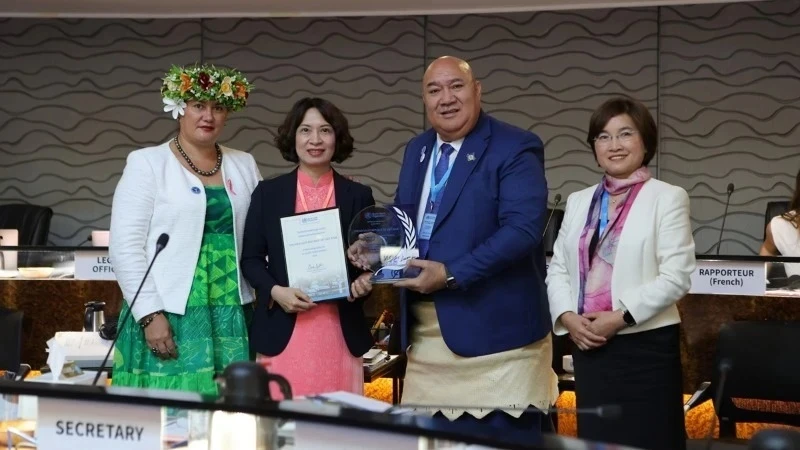
This remarkable achievement was validated by the WHO and a plaque was presented to Deputy Minister of Health of Assoc. Prof. Nguyen Thi Lien Huong at the 75th session of the WHO Regional Committee for the Western Pacific, which opened on October 21 in Manila, the Philippines.
Trachoma remains the world’s leading infectious cause of blindness, even though it is a preventable eye disease caused by the bacterium Chlamydia trachomatis.
The disease spreads through flies or direct contact with eye or nasal discharge from an infected individual.
Repeated infections can cause the eyelashes to turn inward, leading to pain and damage to the cornea. In severe cases, surgery is required to prevent blindness.
Historical surveys revealed that trachoma posed a public health threat in four provinces in Vietnam.
Thirty years ago, 1.7 percent of people in these high-risk areas needed surgery to avoid blindness from the disease. However, by 2023, this rate had dropped to below 0.2 percent, meeting the WHO’s threshold for eliminating trachoma as a public health issue.
This achievement is attributed to ongoing surveillance and the implementation of the SAFE (short for 'surgery, antibiotics, facial cleanliness and environmental improvement') strategy, which began in 1999.
The landmark outcome follows decades of dedication by healthcare workers, communities, different sectors of society and the Government, supported by WHO and partners including the Australian Department of Foreign and Trade (DFAT), the Fred Hollows Foundation, the International Trachoma Initiative, RTI International, UNICEF and USAID.
USAID Vietnam has provided financial and technical assistance since 2011 towards the efforts.



